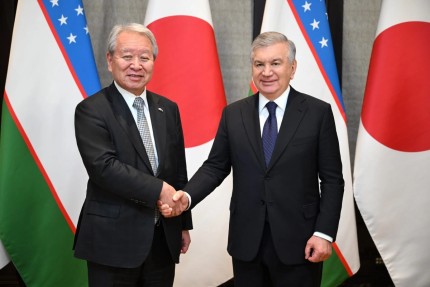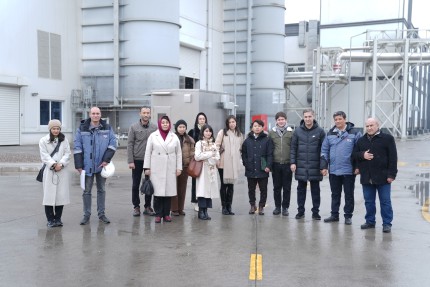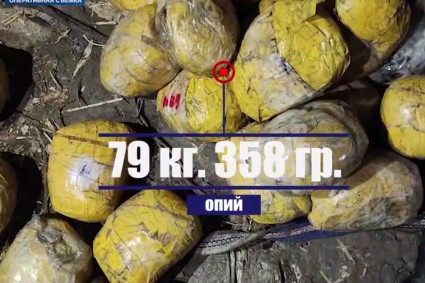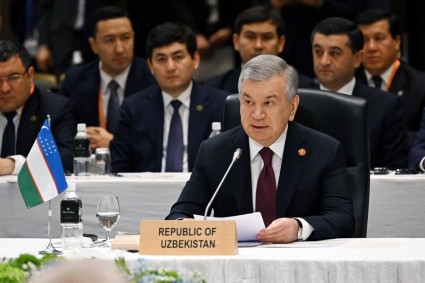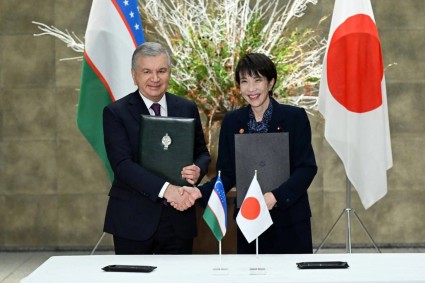The pressures on water resources in Uzbekistan and Turkmenistan is critical. In particular, Uzbekistan uses 169% of its water reserves, and Turkmenistan - 144%. This was reported by experts from the United Nations Food and Agriculture Organization (FAO.
In Tajikistan, Armenia and Azerbaijan, “water stress” is assessed as medium, it is 62%, 56% and 54%, respectively. In Kyrgyzstan and Kazakhstan, indicators of fresh water use also surpasses the global level and reach 50% and 33%, respectively.
Russia and Georgia use 4% of their fresh water reserves, Moldova - 12%, Ukraine - 14%.
The largest volume of water uptake in relation to reserves is in Kuwait - 3850%. The situation is best in the Congo, where the figure is only at 0.03%.
Experts emphasize the need for more efficient water management and agricultural modernization. Global warming is negatively affecting the water supply of agricultural production systems, the report says. In many parts of the world, the amount and regularity of precipitation has changed, droughts and floods are increasingly occurring, and because of this, water scarcity and competition in water resources are increasing.
“The way to efficiently use water resources is through the creation of sustainable agri-food systems,” said FAO Director-General Qu Dongyu. FAO emphasizes that 72% of the world's fresh water is used in agriculture, 16% in industrial production, 12% in the field of domestic services.
About a third of the world's population - about 2.3 billion people - live in countries with water shortages, and 10%, or 733 million people, live in countries with critical water shortages. In the latter, it is not enough not only for agricultural purposes, but also for personal needs.
FAO also reports that more countries and regions will experience water scarcity over the coming decades. And a number of major cities, including Beijing, London, Mumbai and Tokyo, may face a severe water supply crisis by 2050.
To measure the level of water scarcity, FAO experts use an indicator such as "water stress", or the level of pressure on water resources. They calculate the percentage of water intake to its reserves.
In 2018, the world used 18.4% of fresh water reserves. However, in some regions, for example in Central Asia, water withdrawals exceed the global figure.
FAO notes that between 2015 and 2018, the indicator of water use efficiency in the world increased by 9%. These positive changes were mainly due to the industrial production sector.
In 86 countries, FAO notes, between 2006 and 2018, water efficiency in agriculture has also improved.
“Water supply problems in agriculture, such as water scarcity, water pollution and overuse, need to be addressed urgently, and food systems need to be transformed and made more resilient, especially as we face the negative impacts of climate change,” said the deputy head FAO Maria Elena Semedo.


